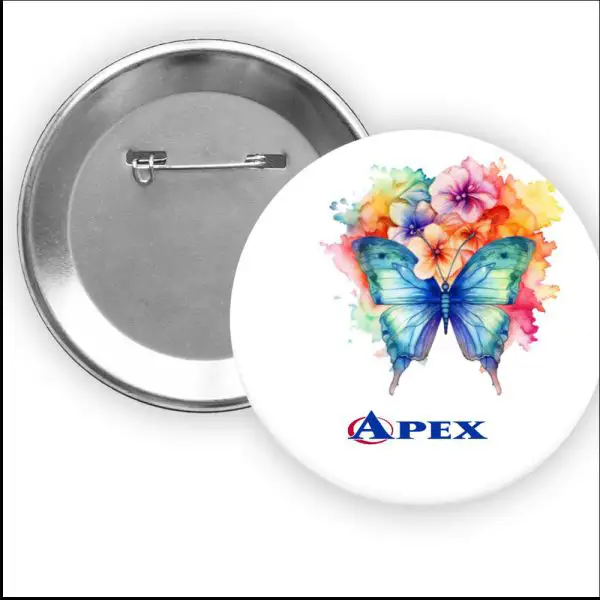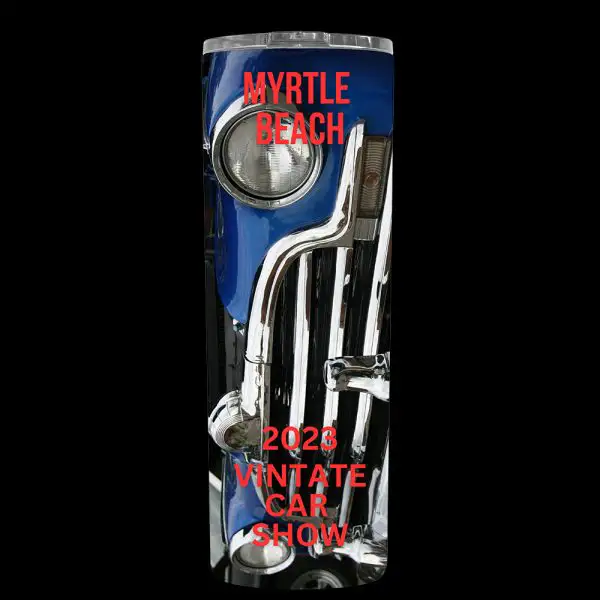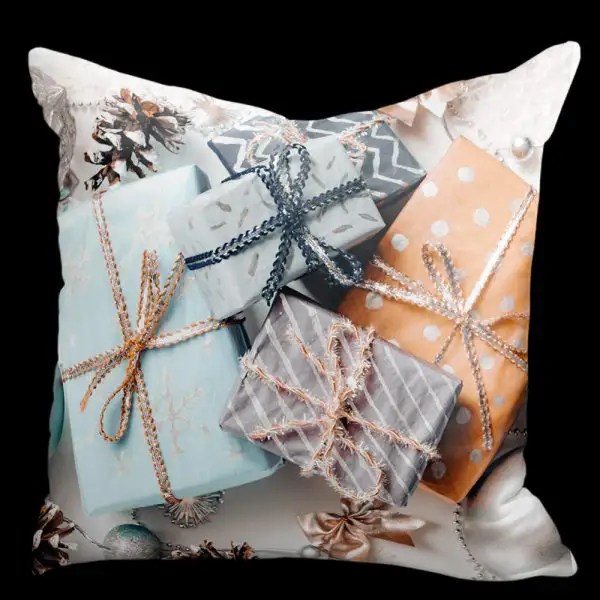Are you considering customizing garments or merchandise? If so, you’ve likely come across the term “heat sublimation.” This advanced technique has become increasingly popular for its vibrant and long-lasting results. In this comprehensive guide, we’ll delve into the world of custom sublimation heat transfers. Furthermore, we’ll examine what items work best with this method and those that don’t fare so well.
Heat sublimation is a digital printing method that uses heat to transfer dye onto various materials. Unlike traditional inkjet or laser printing, heat sublimation embeds the ink into the substrate, ensuring a vibrant, durable finish. Moreover, this process is perfect for intricate designs and full-color printing. The most important consideration for sublimation heat transfers is the substrate must contain 100% polyester or have a polyester coating.

Most commonly, sublimation transfers work well on 100% polyester fabrics. However, you can also find success with blends that are at least 60% polyester.
Mugs and plates often serve as ideal candidates for heat sublimation. Make sure the ceramic items are coated with a special polymer layer to ensure good ink adhesion.

Heat sublimation also works well on aluminum or metal sheets. These are typically used for signs, photo panels, or even personalized gifts such as vanity or souvenir license plates.
Most can coolers are made from materials that work well with heat sublimation, allowing for vivid designs and durable use.

Garden flags made of 100% polyester fabric are perfect for heat sublimation transfers. Be sure you have 2 layers in order to print the front and back side of the flag.

Protective Iphone cases made from a coated polyester material can be heat sublimated. Be sure you check with your supplier to be sure it has the special polyester coating.

Decorative pillows made from 100% polyester fabric make great gifts or perfect if you are a designer. The pillow cases are made with zippers to allow you to remove the pillow case which allows you to print the fabric with a standard heat press machine.

Unfortunately, 100% cotton fabrics don’t retain the sublimation ink well, resulting in dull and faded images.
Traditional glass surfaces are not suitable for heat sublimation unless they have been specially coated. Recently, there are more options for 100% polyester coated glassware
Wood can absorb moisture, which can adversely affect the sublimation process. Therefore, it is generally not recommended. If you’re looking for items made from wood, be sure the supplier offers a 100% polyester coating, which will make them suitable for sublimation transfers.
Proper Temperature: Ensure the heat press reaches an optimal temperature for your specific substrate. In most cases, the temperature will need to be 385°F to 400°F. The dwell time may depend upon the substrate you are applying the transfers on.
Firm pressure is important, but does not have to be high pressure like other types of plastisol transfers. The important thing is that your sublimation paper does not move during the application. You can also use heat resistant tape to keep your transfer in place.
Looking for DTF transfers near you?
In general, they can last for years if properly cared for. Furthermore, they’re resistant to fading and wear, making them an excellent choice for custom designs. It’s important to keep them stored in a cool and dry place. Excessive heat may cause the transfer to fade into the paper, making them unusable.
Sublimation works best on light-colored materials, as the dye may not show up well on dark or saturated colors. Sublimation ink is transparent, so a white or light color background will make your colors much brighter as compared to a darker or pastel fabric or substrate.
The short answer is No. Sublimation will only apply to 100% polyester fabric or items which have an added 100% polyester coating.
Occasionally sublimation inks can fade away. To keep this from happening keep your prints away from bright lights, direct sunlight, wash the garments without softeners or bleach, and use cold water for washing.
Even though removing a heat-pressed logo can be challenging it is still possible. First, you need to soften the adhesive. Then, start peeling away the logo. To remove the remains you can also use adhesive removals.
The ideal sublimation heat press temperature for polyester typically falls between 385°F and 400°F (196°C to 204°C). This range ensures that the sublimation ink properly turns into gas and bonds with the synthetic fibers of the fabric without causing scorching or discoloration.
At around 400°F, most sublimation transfers achieve vibrant color and excellent durability. However, if you’re working with lighter-weight or heat-sensitive polyester blends, staying closer to 385°F can help prevent issues like yellowing or fabric shrinkage.
In addition to temperature, it’s important to also consider:
The perfect sublimation heat press temperature for polyester is 385°F to 400°F.
Sublimation on nylon is more challenging than others, however, it is also possible with careful attention to temperature and pressure settings. Use lower temperatures around 350°F) and incorporate shorter press times. These practices will help to prevent damage.
The best settings and techniques for sublimation on 100 polyester include setting heat press from 385°F to 400°F and applying firm, even pressure. Before starting the process ensure everything is clean and dry.
To achieve vibrant, vivid transfers you must use high-quality sublimation inks. Besides, you also should pay attention to the material to understand the best practices including proper heat temperature and pressure time for the specific case.
Apex Transfers custom sublimation heat transfers offer a wealth of opportunities for individuals and businesses alike. Not only do they deliver high-quality, durable results, but they’re also surprisingly versatile, working well on a range of substrates—from textiles to ceramics. On the other hand, materials like 100% cotton and uncoated glass are less suitable for this technique. Armed with this knowledge, you’re now ready to embark on your custom sublimation journey.
Read more related articles on Medium!
VIDEO TUTORIAL
VIDEO TUTORIAL
VIDEO TUTORIAL
VIDEO TUTORIAL
VIDEO TUTORIAL